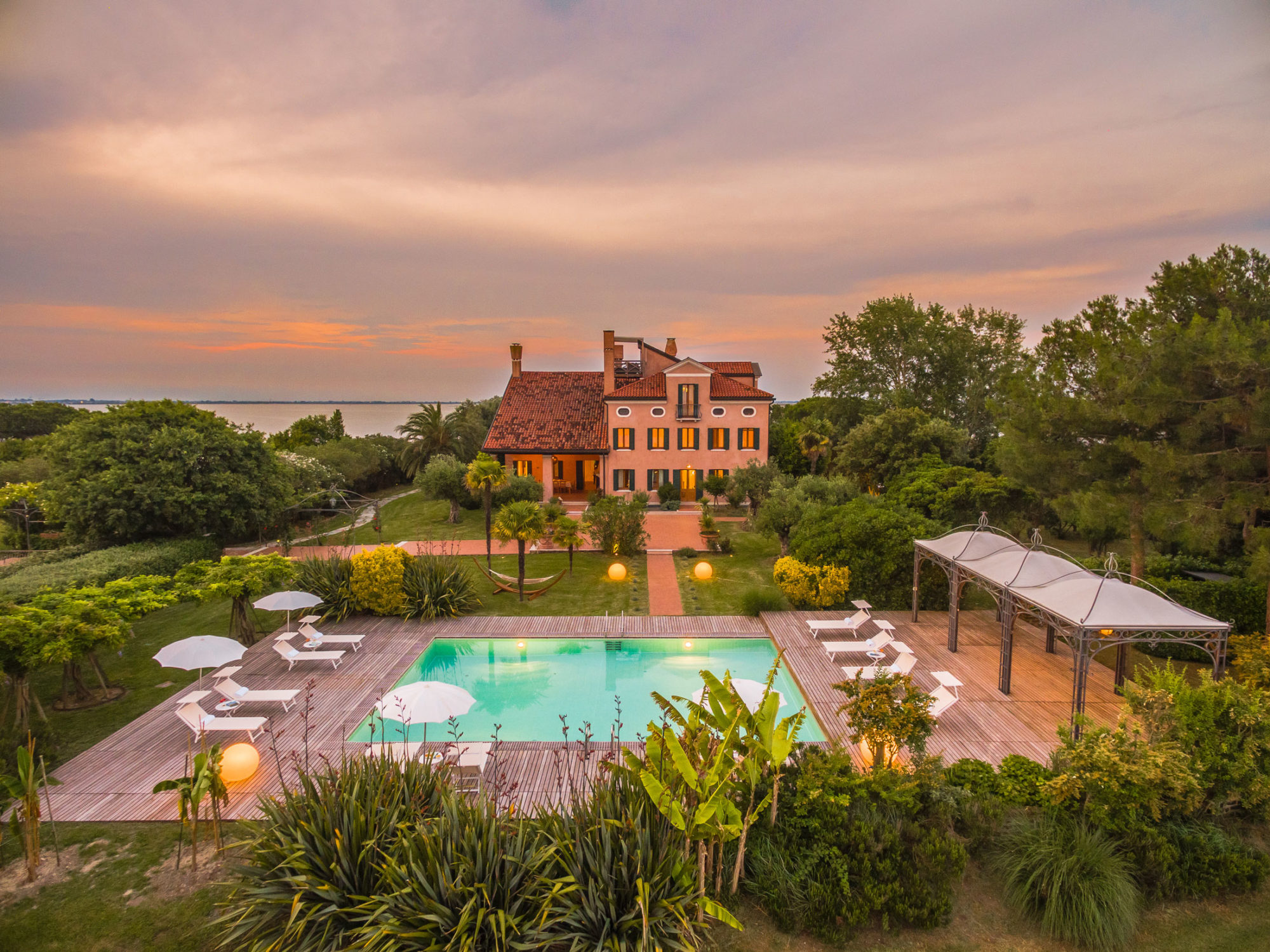The 57th edition of the Venice Art Biennale is, as usual, the toast of the art world. Running through November 26, the exhibition dominates the city. But that doesn’t mean the good times begin and end at the pavilions. Here, we round up can’t-miss installations and what else to do while you’re in town.
Venice Biennale Travel Guide
What to do, see, eat, and more when visiting the city during the exhibition.
What to do, see, eat, and more when visiting the city during the exhibition.
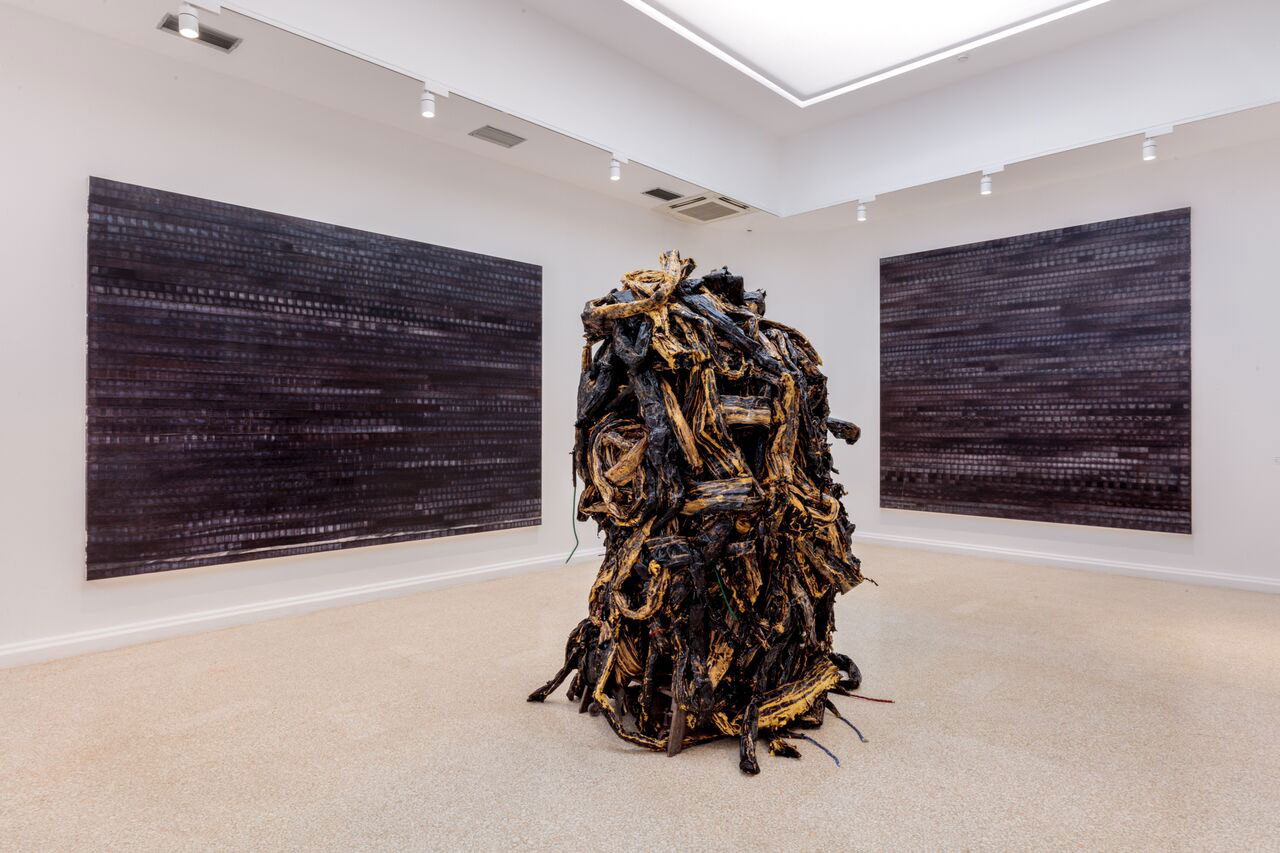
SEE
The Biennale itself has one central exhibition, this year titled “Viva Arte Viva,” as well as 86 national pavilions and a smattering of collateral and unaffiliated but concurrent events. Curator Christine Marcel is taking the lead on the main exhibition, which eschews a single, unifying theme. Instead, Marcel has brought together works by 120 artists that celebrate humanism, the artists themselves, and art as a form of resistance and resilience.
The national pavilions, on the other hand, take a much narrower focus. The American Pavilion is among the most anticipated, as artist Mark Bradford tackles the U.S. political tumult head-on. Even the accompanying catalogue promises to be fascinating, with essays by Anita Hill and Zadie Smith.
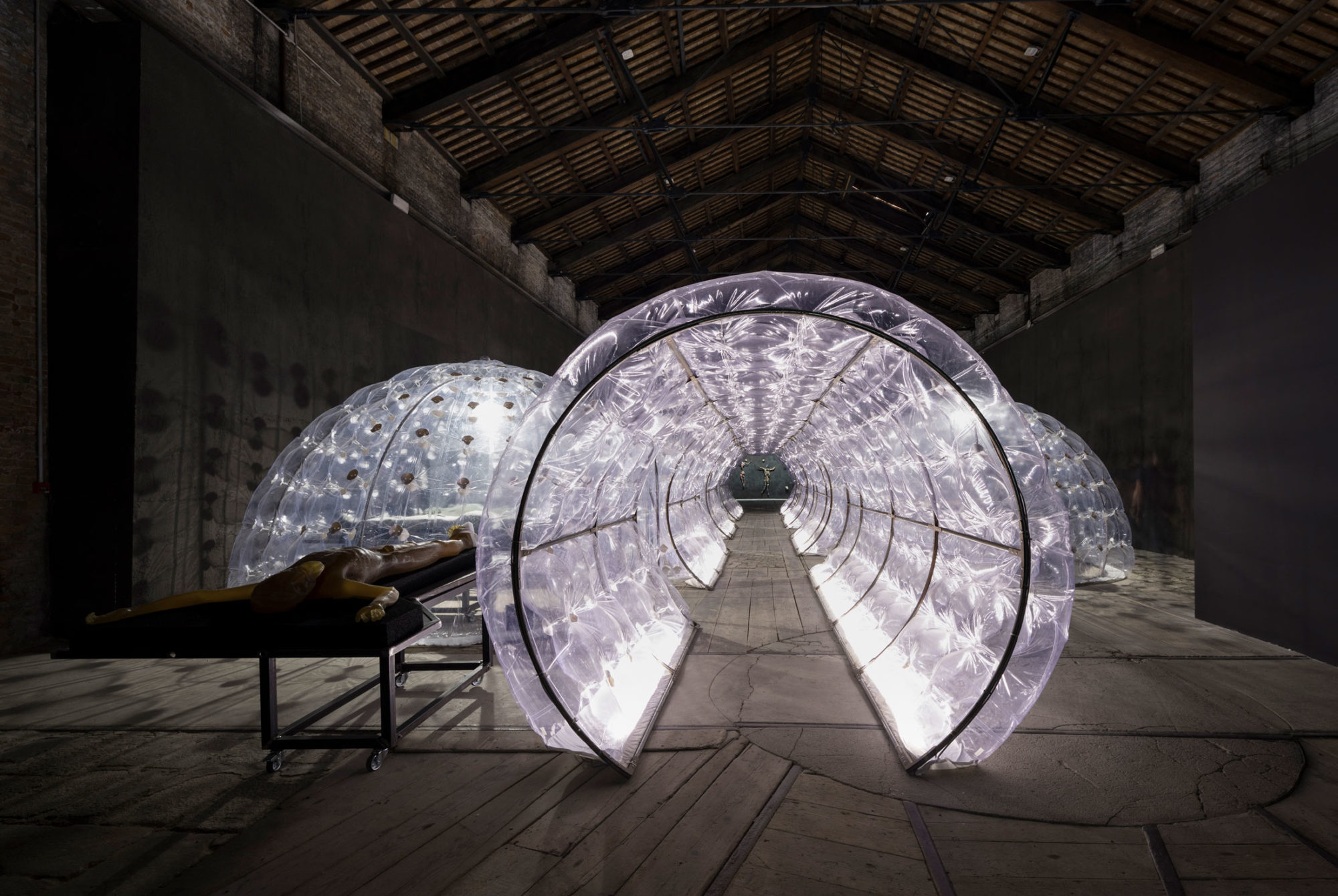
Despite multiple requests, Swiss sculptor Alberto Giacometti never showed his work at the Swiss Pavilion—a fact made even stranger given that his brother, architect Bruno Giacometti, designed it. Now, the duo of Teresa Hubbard and Alexander Birchler and sculptor Carol Bove have used their presentation, “The Women of Venice,” to address Giacometti’s reluctance to identify too strongly with his nationality.
Milan-born, New York-based curator Cecilia Alemani is taking the lead on the Italian Pavilion, just four years after her husband, Massimiliano Gioni, served as the Biennale’s artistic director. She’s chosen multimedia artists Roberto Cuoghi and Adelita Husni-Bey, as well as sculptor Giorgio Andreotta Calò to show work. Cuoghi’s installation, which includes a controversial Christ sculpture, garnered the most attention during the opening.
Anne Imhof’s performance piece in the German Pavilion has received rave reviews—not the least of which came in the form of a Golden Lion, the Biennale’s highest honor. Titled “Faust,” the work consists of performers acting atop (and below) a multilevel glass stage.
Not all the art worth seeing is in the fair itself. Carol Rama, who Venice Biennale’s Golden Lion for Lifetime Achievement award in 2003, has a posthumous show at the Palazzo Ca’nova during the Biennale.
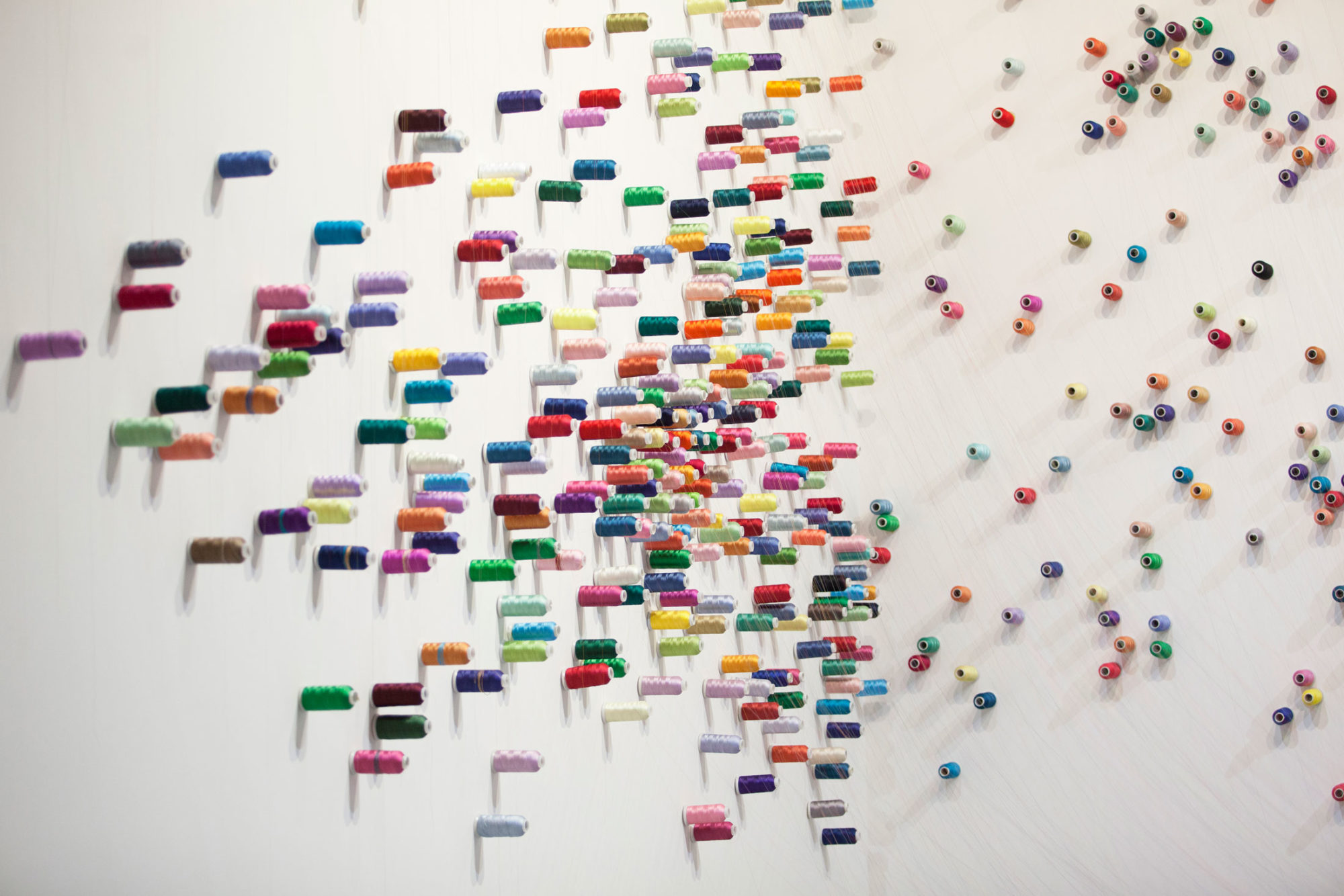
EAT AND DRINK
It’s worth the 20-minute boat ride to reach the one Michelin-starred Dopolavoro restaurant on Isola delle Rose. A free ferry service shuttles guests to the island from a dock near St. Mark’s square. The chef, Giancarlo Perbellini, is one of the most creative culinary forces in the Veneto region today, using local lagoon shellfish and produce grown onsite at the restaurant’s large organic farm.
Two of the most coveted tables in town are the terrace restaurant at Hotel Danieli and Riva Bar at The Gritti Palace, two sister properties. The former, with its beautiful view of the Grand Canal and the island of San Giorgio Maggiore, is best for lunch. Order one of the themed four-course tasting menus such as Earth, Water, and even Asparagus. Head to Riva Bar for the legendary sunset aperitifs. You can’t beat the location on the Grand Canal in front of the city’s iconic Santa Maria della Salute Church.
Venice’s northern lagoon is a respite from the tourist track and home to the Michelin star awarded restaurant Venissa, on Mazzorbo Island. Winemaking mogul, Gianluca Bisol, spent nearly two decades reclaiming the lost vineyards there and celebrates traditional foods of the lagoon. The restaurant opens in warmer months, and has outdoor seating on the property’s gardens.
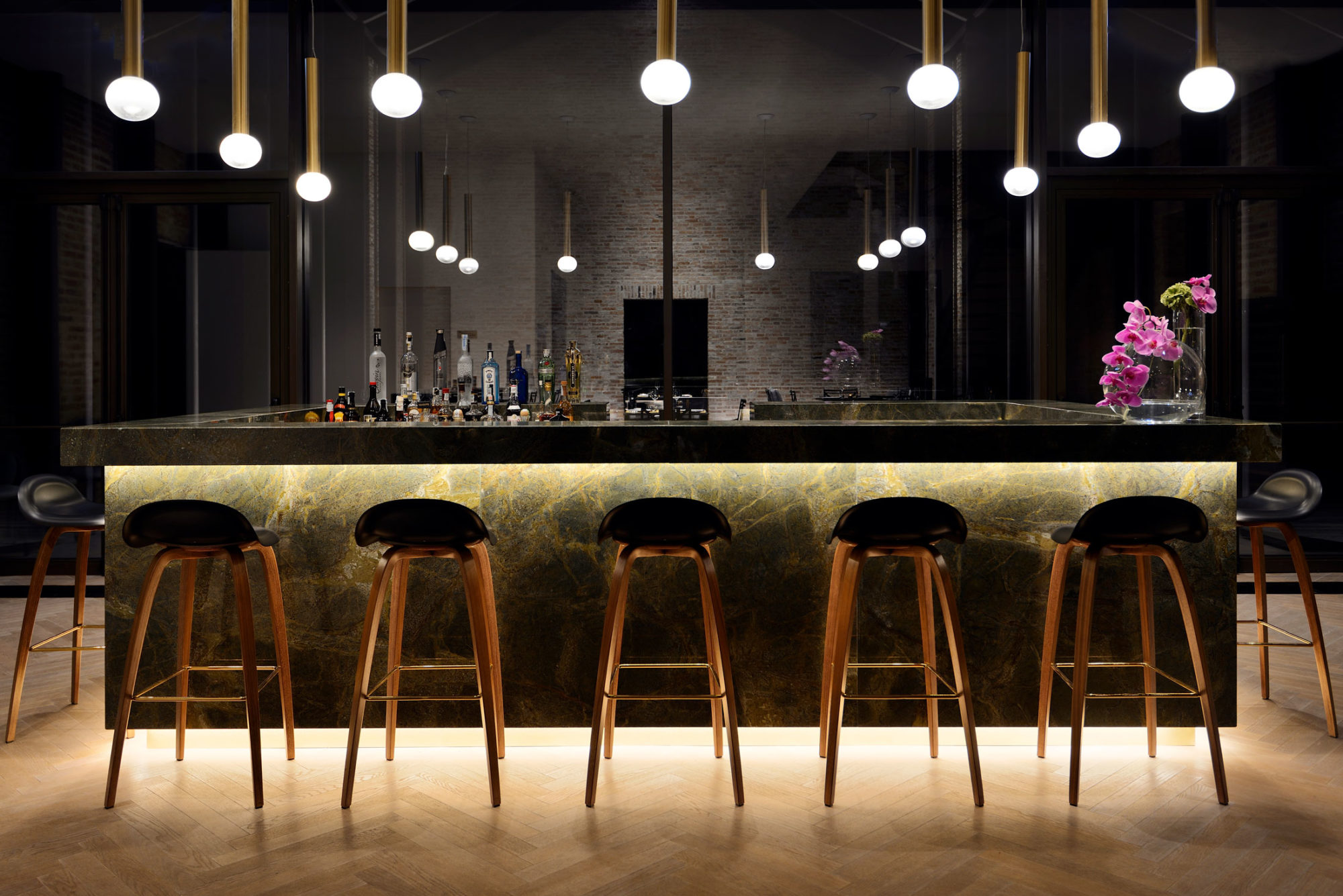
SLEEP
Self-catering luxury apartments are a cropping up all over the city. The newest arrival is Palazzo Morosini Degli Spezieri, owned by the Cipriani empire and situated in a quiet section of the San Polo district. Housed in a 15th-century palazzo, nine flats are decked out in Istrian stone and white oak beam ceilings, and overlook a small canal-side garden.
The Aman Canal Grande is one of Venice’s most lavish offerings, with 24 rooms tucked inside the elaborate confines of the 16th-century Palazzo Papadopoli, whose interiors are decorated with Tiepolo frescos. Check out the recently unveiled bar with a menu that’s heavy on gin-based cocktails, or the new spa, with signature treatments by Salsomaggiore Terme, one of Italy’s most famous spa regions. During the biennale, Japanese sculptor Kan Yasuda is collaborating with Christie’s to show seven of the artist’s massive marble-and-bronze works inspired by the natural world on the grounds.
For the best post-fair recovery, head north to the Isola Santa Cristina, a sprawling private island hidden from the crowds that was once owned by Gernot Langes-Swarovski of the eponymous crystal empire, before he bequeathed it to his stepson and wife. In November, after two decades of enjoying it for themselves, the couple transformed their Villa Ammiana into a nine-room hotel. Guests will find a property chockablock with fruit trees, peacocks, fisheries, a yoga studio, pool, and a private chef for hire.
